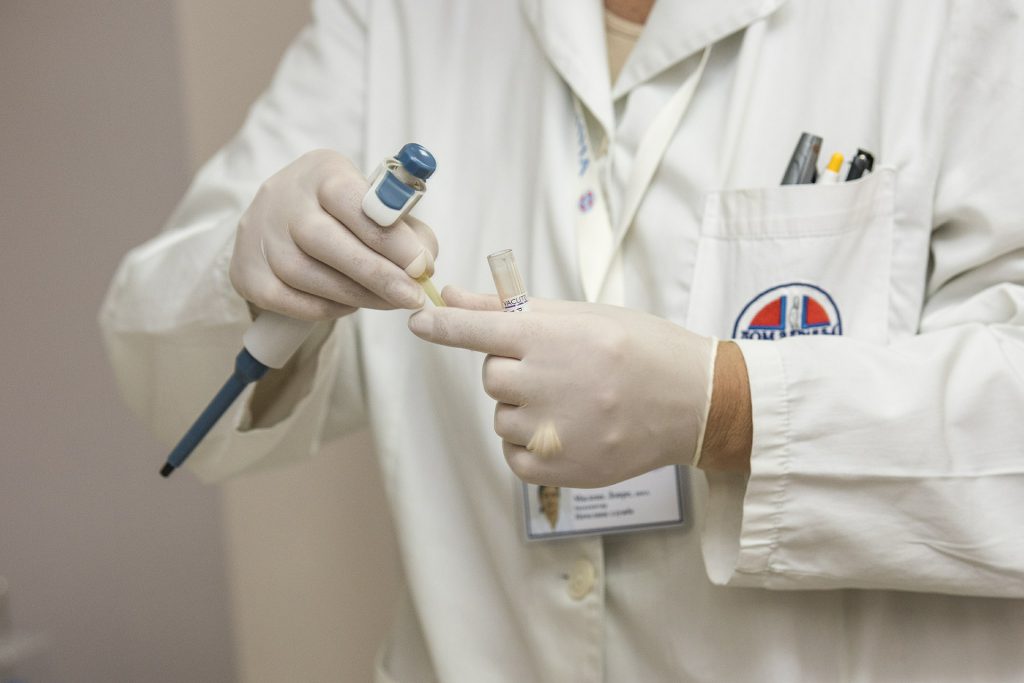
The Next Generation of Acne Treatments
By Erika Luceri-Johnson
Although acne is an age-old issue, we’re still discovering new methods of treatment all the time. After all, everyone’s skin is unique, so there’s really no such thing as a cure-all acne product. Contrary to what you might believe, overly harsh products can actually exacerbate acne — but if a product is too mild, you’re unlikely to see a meaningful effect.
So how is the skincare industry improving? From high-tech treatments administered by a technician to combination products suited for all skin types, the future of acne care is looking bright, clean, and clear.
Prescription Topicals
As far as topical treatments go, there have always been a number of effective over-the-counter (OTC), topical solutions. But as we’ve explained in other articles, these treatments are usually best suited to treat comedonal (blackheads and whiteheads), not inflammatory acne.
With newly design topical treatments, however, all of that might change. According to Dermatology Times, new prescription treatments are capable of significantly improving not only comedonal, but also inflammatory acne. One topical in particular (a fixed dose combination gel adapalene/benzoyl peroxide) has been shockingly successful at improving moderate to severe acne in clinical trials, reducing inflammatory lesions by 68%.
What else is on the horizon? Many scientists are working towards turning classic oral treatments (like minocycline) into topicals. Meanwhile, most of the exciting up-and-coming treatments are shifting the focus from killing p. acnes (the bacteria that causes acne) to shrinking oil glands. After all, by limiting oil production, these products eliminate the likelihood that bacteria will become an issue in the first place.
Over-The-Counter
For those who rely on OTC treatments, there are also exciting new treatments in the works. One product that has been performing well in preliminary studies is another two-for-one — a combination of lipohydroxy acid (LHA) and micronized benzoyl peroxide. Although benzoyl peroxide is one of the best over-the-counter treatments available (due to its antimicrobial qualities), it does not naturally absorb into the skin — that’swhere LHA comes in. With the addition of LHA, this product has been testing just as well as popular prescription regimens.
High-Tech Treatment
As the technology in our personal lives becomes more and more advanced, so does the technology in doctors’ offices. For those who suffer from moderate to severe acne, these high-tech treatments might finally put an end to their breakouts. As WebMD notes, new laser and light treatments may be expensive, but they can also be incredibly effective ways to minimize bacterial growth and shrink the glands that produce sebum, which is one of the main causes of acne.
If you’re still feeling as though you’ve tried every acne treatment under the sun and nothing seems to be working, the best thing to do is consult a dermatologist. Chances are you simply haven’t found the combination of treatments or regimens that are best suited to your unique condition and skin type. Moreover, a dermatologist will be able to point you in the direction of the very latest techniques, medications, and OTC treatments that fit your specific acne profile, so you can be sure that your attempts to improve your complexion aren’t inadvertently making it worse.
Looking for help with your acne? Join ClearlyDerm’s Virtual Acne Program for personalized treatments without the hassle of an in-office visit.









No Comments
Sorry, the comment form is closed at this time.